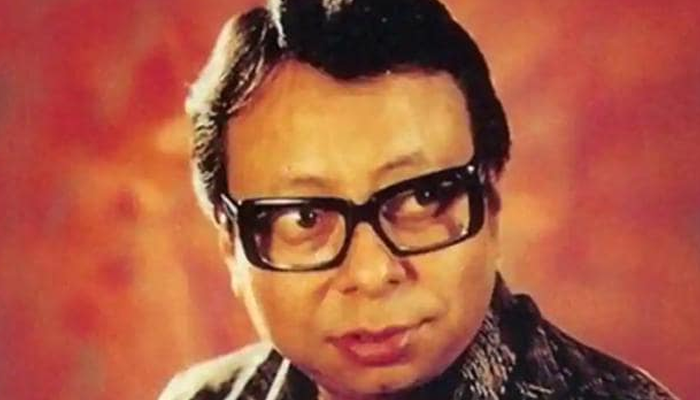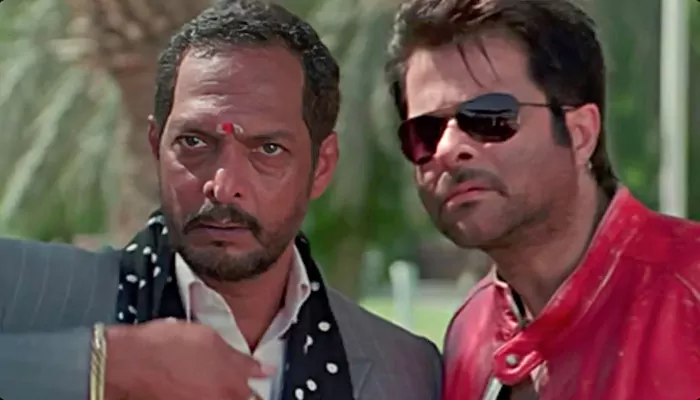
Emojis have become an integral part of our digital language, allowing us to express emotions and convey tone in ways that text alone often cannot. However, with their widespread use comes the need for understanding emoji etiquette, especially in different contexts such as professional emails, social media posts, and text messages.
On this World Emoji Day, let's explore the unwritten rules that govern the use of emojis in these various settings.
Professional Emails: Keep It Polished and Professional
In professional emails, emojis should be used sparingly and thoughtfully. While they can add a touch of warmth and friendliness, overusing emojis can detract from the professionalism of your message. When in doubt, it's best to err on the side of caution and avoid emojis altogether, especially when communicating with clients, superiors, or in formal business correspondence.

Social Media Posts: Enhancing Engagement and Tone
Social media is where emojis shine as tools for engagement and expression. They can help convey humor, excitement, or support in a concise and visually appealing manner. However, it's essential to understand the context and audience. For example, using emojis freely in casual posts or tweets is generally accepted, but in more serious or sensitive topics, emojis should be used sparingly to avoid appearing flippant.
Text Messages: Adding Nuance to Conversations
In personal text messages, emojis can add nuance and clarify tone. They help prevent misunderstandings and make conversations feel more personal. For example, a simple smiley face can soften a potentially harsh message, while a heart emoji can convey affection or gratitude. Still, it's important to know your audience; using emojis with older or more formal acquaintances might not always be appropriate.

Understanding Emoji Meanings: Avoiding Misinterpretation
One of the essential aspects of emoji etiquette is understanding their meanings and potential for misinterpretation. Emojis can have different interpretations across cultures and generations. For instance, the thumbs up emoji may be seen as positive in Western cultures but offensive in others. It's crucial to use emojis that are universally understood and to be mindful of how they might be perceived.
Overuse and Tone: Finding the Right Balance

While emojis can enhance communication, excessive use can dilute their impact or convey an unintended tone. In professional contexts, avoid using multiple emojis in a single message, as this can appear unprofessional or overly casual. In personal messages, consider the appropriateness of emojis based on the recipient and the context of the conversation.
Customizing Emojis: Using Them Creatively
Custom emojis, such as those used in branded content or personal projects, can add personality and creativity to your communication. However, ensure that custom emojis are relevant to the context and do not distract from the message's intent. Using emojis that are not universally recognized may confuse or alienate some recipients.
Emojis are powerful tools for conveying emotions clearly and succinctly. They can soften criticism, express sympathy, or indicate humor. However, it's essential to choose emojis that accurately reflect the intended tone of your message.










